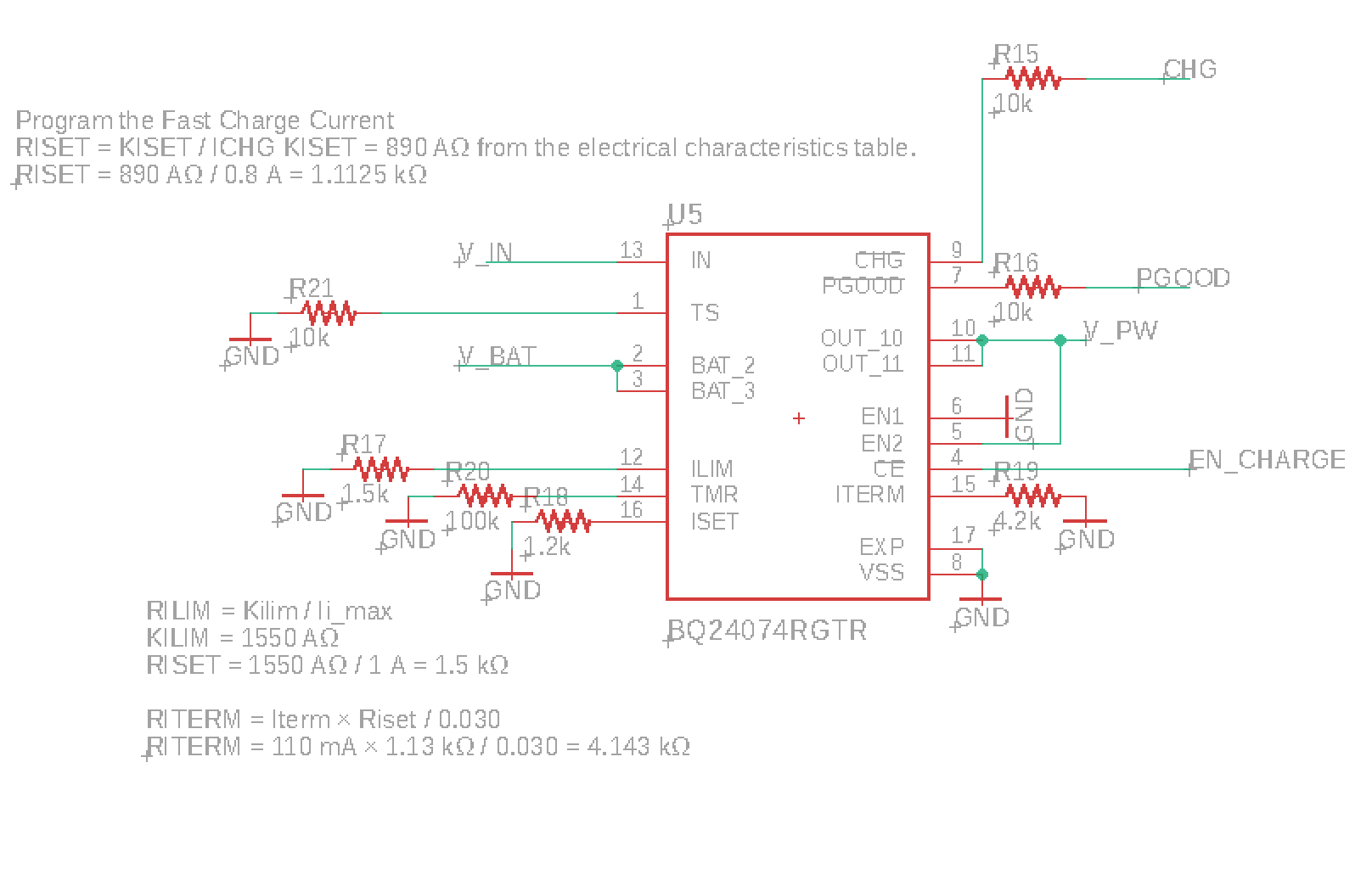Other Parts Discussed in Thread: DRV11873, BQ24074
Hello,
in my application I have a 5V Brushless motor that is controlled by a DRV11873. This system is powered by a 3.7V 1A Li-ion battery and I use the TPS61023 to get the 5V required to power the motor.
The motor needs less than 100mA to run and no more than 200mA at startup. The DRV11873 has a current limit resistor of 10k limiting the current to 660mA.
However the step-up keeps failing for some reason and I'm not sure how to fix this issue. Is that related to the inrush current?
Thank you,



